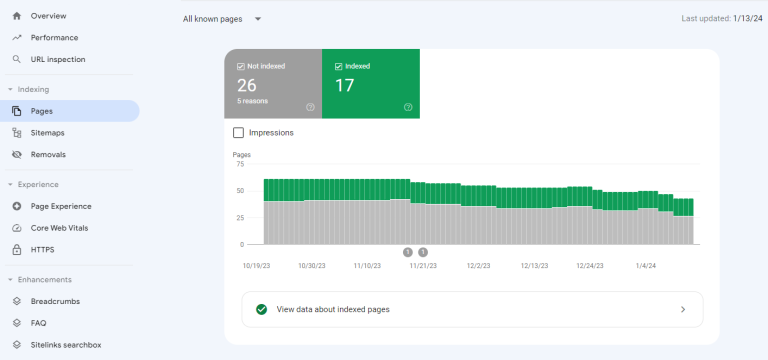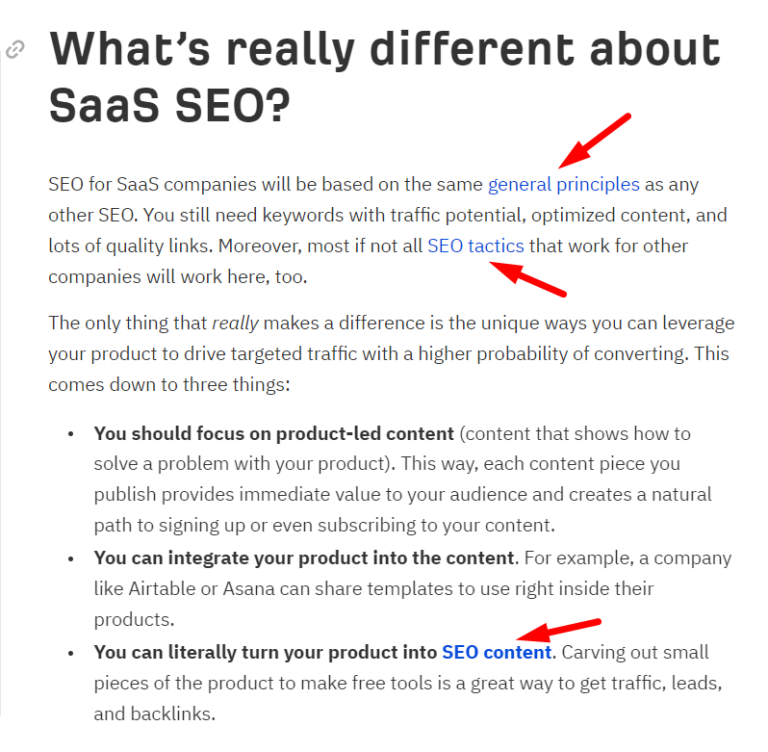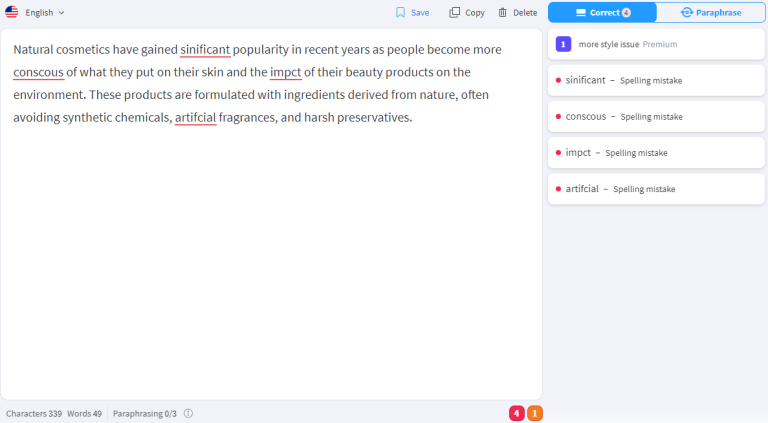How to create blog content on WordPress optimized for SEO? – 7 steps
The process of preparing to create blog content and writing it is as follows:
- Think through what area you will build topical authority (Google loves specialists), and divide content into topic clusters;
- Choose the right keywords using one of the available keyword research tools (e.g. Ubersuggest);
- Determine the appropriate content structure (you can help with AI tools, such as GPT Chat);
- Plan internal linking (this is a fundamental element that Google’s robots look at when “ranking” content and indexing it;
- Choose one of the SEO content optimization tools (e.g. Contadu or Surfer SEO) and start creating content according to the set guidelines and prompts of the tool;
- Use infographics and optimize them;
- Check the content for grammar in LanguageTool, then insert it into the WordPress CMS.
Here are the highlights of creating blog content in CMS WordPress:
STEP 1: Think through what area you will build topical authority in and divide the content into topical clusters
Start by defining precisely the area in which you want to specialize. This is where you will prove yourself to be an expert. Before making a final decision, think about what you are passionate about and what you are competent in.
Then, lay out your content so that it forms coherent and logically related clusters, among other things:
- What is SEO? A comprehensive guide
- How to select key phrases for SEO?
- How to position online stores?
Avoid switching between industries. For instance, if you are running a blog focused on self-development, such as managing emotions, it is not advisable to provide advice on exercises that are beneficial for the chest. This inconsistency may lead Google to question your credibility. Furthermore, if your goal is to obtain backlinks in the future, there is a high likelihood that you will place them in inappropriate contexts.
Taking care of topical authority will result in the reader finding comprehensive knowledge on a given topic in one place. This will increase his engagement and help him better understand specific issues without having to visit your competitors.
STEP 2: Choose the right keywords
Choosing the right keywords is essential for successful SEO of your blog. If you plan an inappropriate keyword strategy, choosing phrases that don’t match the topics you offer on your blog – your audience won’t reach you, or if they do, they will immediately leave the site because the content won’t suit them.
To identify phrases frequently searched by your target audience, use one of the following tools:
- Ubersuggest – the cheapest option (for as little as PLN 600 lifetime);
- Senuto – a more expensive tool than Ubersuggest, but still cost-effective (about PLN 100 per month);
- Ahrefs – the most costly solution, but very comprehensive for the entire SEO process.
You can also choose Google Keyword Planner, a completely free tool from Google.

Fig 1. Keyword ideas from Ubersuggest.
In choosing keywords, be guided not only by the number of searches but also by their relation to the topic of your blog. It is essential that you use natural and human words when writing, avoiding mechanical repetition of the same phrases in an unadulterated form. Instead, use synonyms and a variety of linguistic constructions that will guarantee the fluidity and readability of your text while optimizing it for SEO.
STEP 3: Determine the appropriate content structure
When determining the structure of the content on your WordPress blog, pay attention to its clarity and logical composition. Remember that well-organized content attracts the reader’s attention and makes it easier for search engine robots to index your content.

Fig. 2. Verification of indexing status in GSC.
How to start?
Begin with an introduction that clearly presents the article’s main topic, then move on to a detailed discussion of each point, making sure to link them naturally and logically. Use headings and subheadings to make the text easy to navigate and additionally highlight important elements (e.g., quotes or key information).
In the final section of the text, summarize the information presented, offering the reader possible directions for further exploration of the topic. Remember to use a diverse vocabulary and avoid repetition (you will then guarantee an article that is pleasant to read).

Fig. 3. An example of the content structure proposed by Chat GPT.
STEP 4: Plan internal linking
Internal linking provides an easier way for users to navigate your site but also helps search engine robots position, index, and understand the structure of your site effectively.
When placing internal links, be guided primarily by their value to the reader – link content that is thematically related, making it easier for viewers to access related articles.

Fig 4. Correctly placed internal links in the content of an Ahrefs blog article.
Try to keep links natural and smoothly integrated into the text, and make their descriptions clickable. Avoid excessive linking to a single page and creating links that may be perceived as unnatural or forced.
STEP 5: Choose one of the SEO content optimization tools.
When choosing an SEO content optimization tool, be guided by its functionality and adaptation to your needs. Surfer SEO is several times more expensive than Contadu and will not prove necessary to begin with.
In addition, Contadu has a free trial period (no credit card information required).

Fig 5 Contadu interface.
These types of tools will work well in both analyzing keyword competitiveness and providing guidance on article structure, text length or phrase density.
Remember that the tool is only a support – the final shape and quality of the content depends on your creativity and writing skills.
STEP 6: Use infographics and optimize them
Infographics are a valuable addition to your blog content. They make complex information easy to digest in a simple and accessible way. To be effective, they need to be aesthetically produced and, most importantly, thematically related to the article’s content.
When creating them, take care of the right choice of colors, fonts and layout of elements. It’s also a good idea to optimize infographics for SEO by adding alt descriptions and titles that include relevant keywords.

Fig. 6. Example of correctly named graphics.
STEP 7: Check the content for grammar in LanguageTool, then insert it into the WordPress CMS
Careful grammatical proofreading is essential, as texts without errors are perceived as more credible and professional (this builds trust among readers). Once you have made the necessary corrections, proceed to insert the content into the CMS WordPress system. Pay attention to formatting the text and adding appropriate categories and tags (this will make your blog much easier to navigate).

Fig. 7 Language Tool – a content verification tool.
Summary
Blogging is easier than you may think. However, you need to pay attention to all the elements we have listed in today’s article. This will give you a competitive edge and start to develop your site. And if you’re looking for a way to verify your WordPress blog, use an SEO audit.

